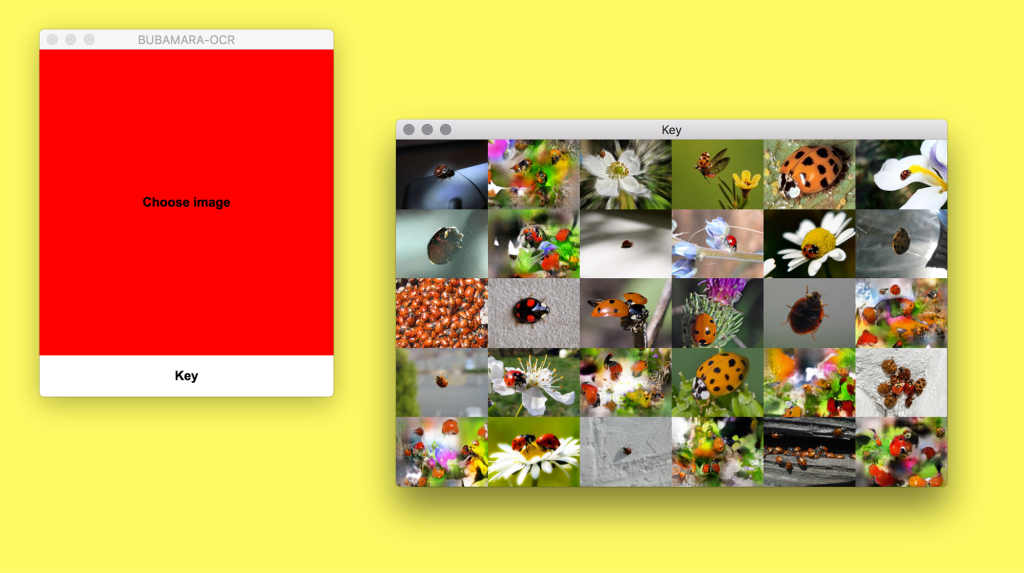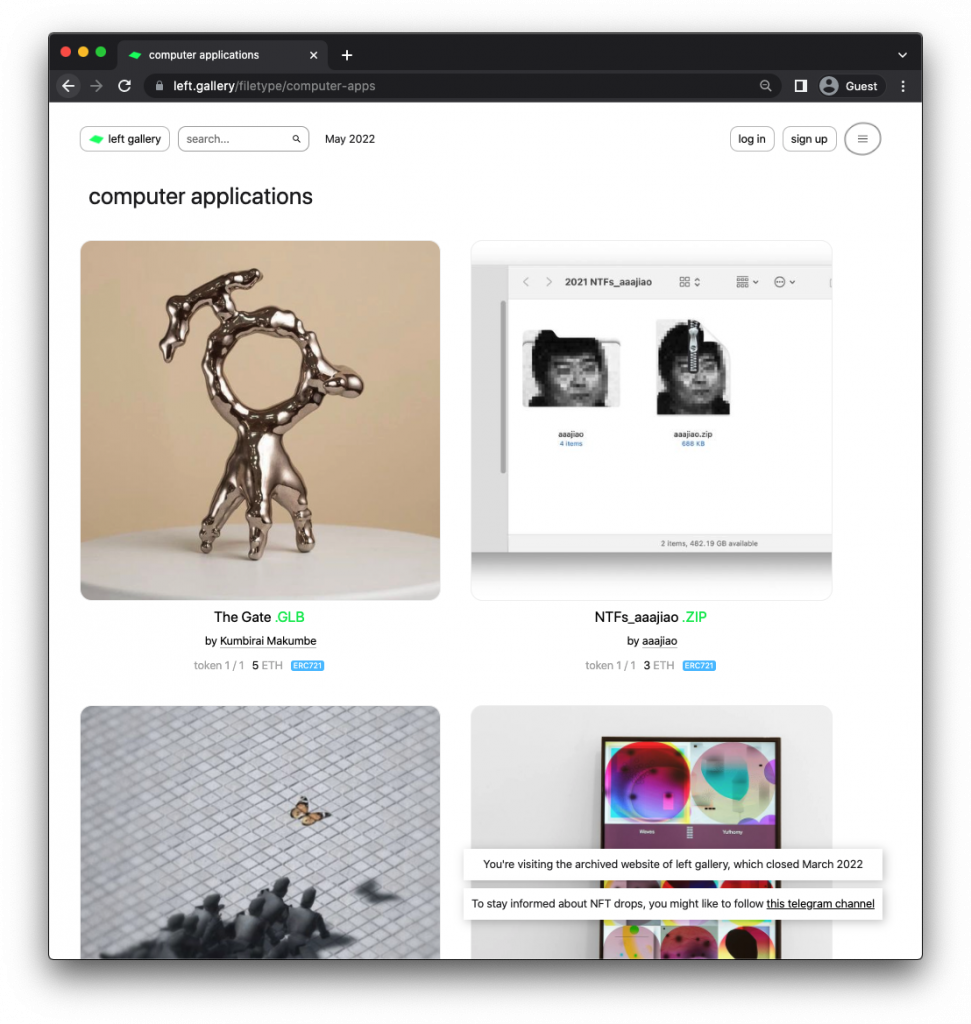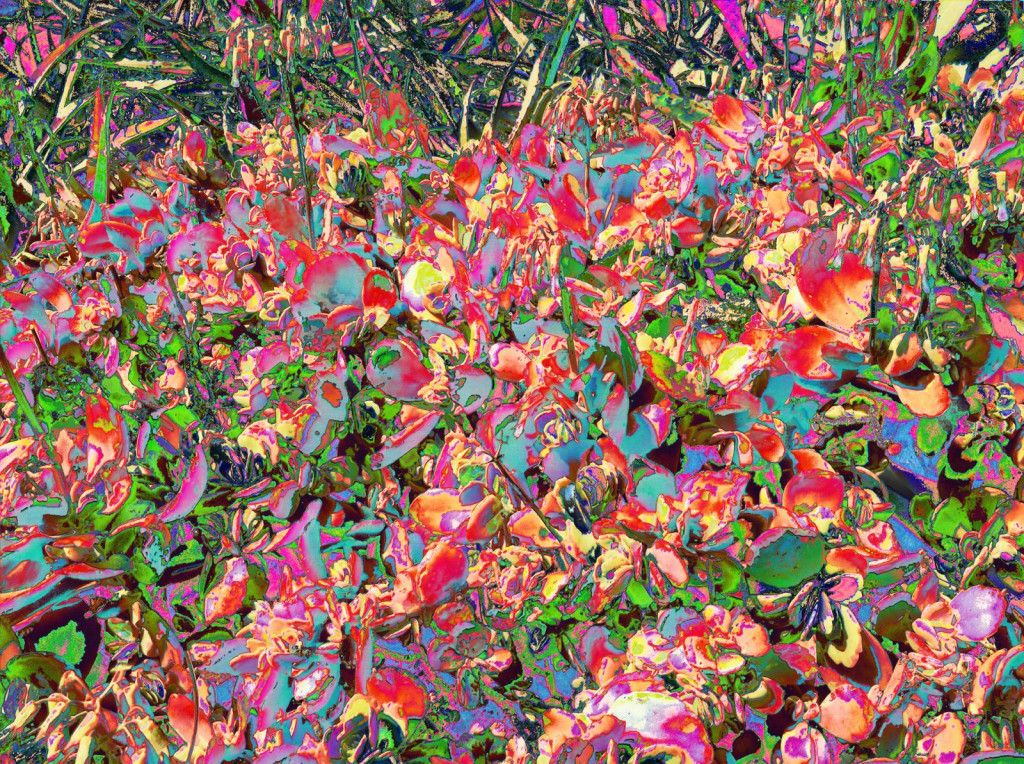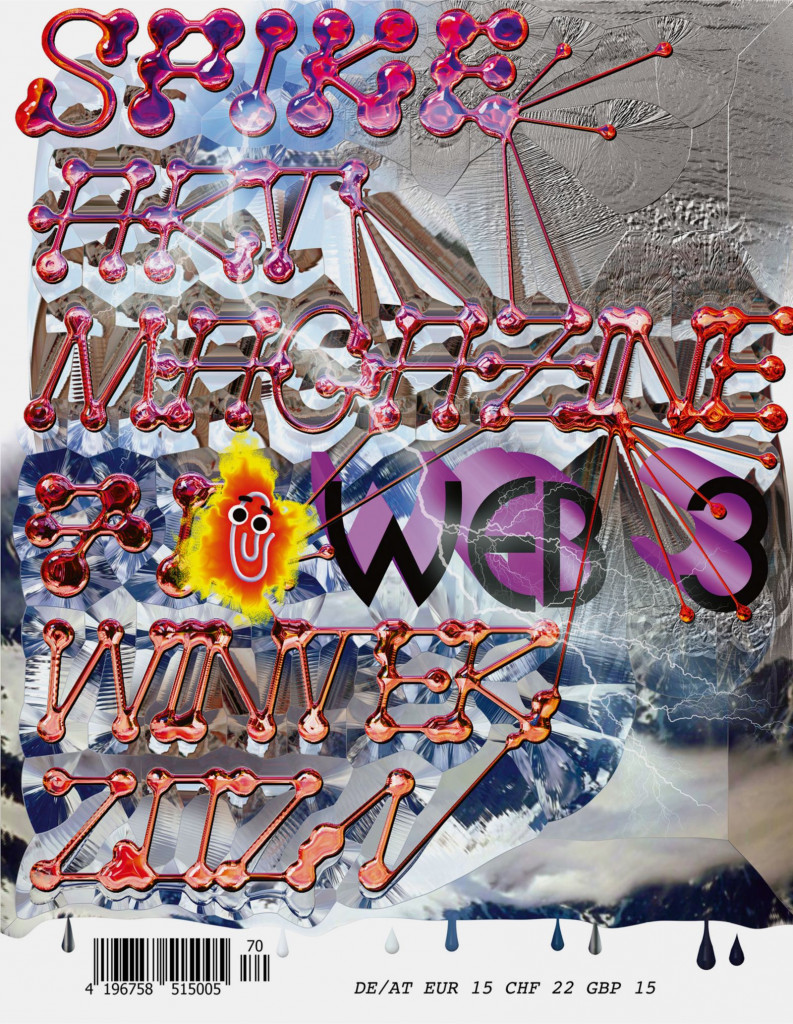Brendan Tadler
An architect sees collecting digital art as a starting point for other projects that spotlight the artists he cares about.

When Left Gallery announced it would cease operations this March, the digital art community gathered online to celebrate the legacy of the artist-run online gallery. Founded by Berlin-based artist Harm van den Dorpel and Paloma Rodríguez Carrington in 2015, Left Gallery produced and sold downloadable objects, creating a market for digital art that evaded platform-based control of software. Left Gallery also explored the possibilities of selling work for cryptocurrency years before the explosion of the NFT market. In the following text, van den Dorpel discusses the highlights of his work on Left Gallery, the factors contributing to the decision to close, and his hopes for the future of the art and web3.


Left Gallery was founded at a point—maybe I can call it the post- post-internet moment—when I was really going back to my artistic roots. I was working with software and making digital art that I allowed to remain digital, meaning it was not intended to be a sculpture or a piece on the wall. It was just the software. At that point, it was really difficult, even in collaboration with galleries, to find not only a curatorial context, but also a commercial context to try to distribute these works as editions. In 2015, I encountered Ascribe, a startup in Berlin that offered a platform for artists to mint editions of digital artworks on the Bitcoin blockchain using a web interface and API, which immediately struck me as a fascinating concept.
Paloma, my partner, started working at Ascribe, and I collaborated with them to put my work on their platform. That was one of the first times that software work of mine started to sell. I thought this was interesting and something with great potential. If it worked for me, it could also work for other artists. I started asking around in my peer group—other artists whose work I felt was important but never had a connection to any art market. There was some possibility of financial success, but it was limited because the majority of people didn’t understand what the blockchain or a token was—the term NFT didn’t yet exist. It was then we started Left Gallery, to build a market and provide infrastructure for artists working with software.
Another initial goal of Left Gallery was to penetrate software architectures, or landscapes, like app stores. We wanted to support files as a legitimate form of artistic output, whether it was for computers, mobile devices, or ebook readers. For example, an early project we offered was Adriana Ramić’s BUBAMARA-OCR (2018), which was desktop software that used an AI to interpret images of ladybugs into text based on the Latin alphabet. The artist Ryan Kuo also made multiple software artworks—including nouns (2016), family maker (2018), and faith (2019)—that were sold through Left Gallery.

It turned out to be very difficult to distribute software without going through the Apple or Google app stores. It was slightly disappointing that we didn’t find a way to circumvent that; at this point, it’s almost impossible to make an app that is meant to be installed on mobile devices without the approval of Apple or Google. You would have to be a certified developer, and any content has to go through a process of review. We did publish some ebooks, but we weren’t able to have them easily uploaded to people’s tablets and ereaders without using, for example, the Amazon store.
In 2018, I deployed multiple smart contracts where collectors could buy artworks and then choose to request an Ethereum token with their purchase. At that time, maybe 20% of collectors actually requested their token. The rest didn’t even know what it was. They didn’t have a wallet. But then, with the NFT boom in 2021, these early tokens were suddenly very sought after, in particular by a group called the NFT archaeologists. They were keen to collect them because in blockchain time they were ancient tokens.
Around this time, we still felt obligated to create infrastructure for our artists to publish NFTs. In 2021, we deployed one versatile Left Gallery contract that could store multiple artworks. These works included Brody Condon’s Possession series of videos (2014), Viktor Timofeev’s Human Abecedary: Intra-Letters (2021), and the works in the exhibition “Pieces of Me” organized by Transfer Gallery. We also produced a fully on-chain series in collaboration with Upstream Gallery by Rafaël Rozendaal titled 81 Horizons (2021) that had its own contract.
Left Gallery was about embracing open standards, and distributing software from independent artists, designers, and developers onto devices. The web3 space has to some extent managed to do that with NFTs, mostly by using the ERC-721 standard. But the way these tokens are displayed is limited. Marketplaces like OpenSea and Zora provide a sandbox and define the metadata and display parameters that a token has to adhere to. I am very grateful and excited about what NFTs are, but the real estate that NFTs have on your computer is a bit limited, especially when it comes to software. An NFT is often just an image or video, or maybe even a generative webpage made with JavaScript and CSS. But it can’t do as much as a desktop application or a native app could.

Digital art is so much more than what fits in the iframe that OpenSea offers us. It’s up to artists working digitally to reformulate the properties of their practice into something that fits these limitations. You can do that—I did so, and have found that quite inspiring. I feel like I didn’t need to make any concessions, but that might not be the case for everyone.
In early 2021, my own work was caught in a vortex of attention and success in the NFT boom with Left Gallery and my project Mutant Garden Seeder. I had to decide whether I wanted to become an entrepreneur and employ a small team at Left Gallery with a community manager, programmers, and lawyers. I did that for a time but, to be honest, it made me incredibly unhappy. I felt I didn’t have the social skills to be the face of an organization, and I preferred working as an artist isolated in my studio. It was difficult, but I had to make that conclusion. Also, some artists we were working with hadn’t come from the web3 space and had legitimate criticisms of the space. For these and other reasons, we decided to end Left Gallery this year. Our final drop was a series of Spike magazine covers. Left Gallery launched during an event at an art space Spike ran in 2015, so it felt like a fitting end, and that things had come full circle.
I am very grateful that we were able to work with so many artists that put a lot of trust into us. We were figuring things out alongside the entire digital art space while running Left Gallery. We still are. Looking forward, I hope the space will find solutions for the problems that we couldn’t fix, and that open protocols and infrastructure will be respected. I fear we will see a whole new wave of attempts to colonize and capitalize on metaverse applications and cryptocurrency. Open standards like TCP/IP or HTTP that form the underlying infrastructure of the internet are not owned by one company—it’s crucial that we work together carefully to make sure that the new standards for the metaverse and web3 are similarly interoperable and shared.
—As told to Lauren Studebaker
